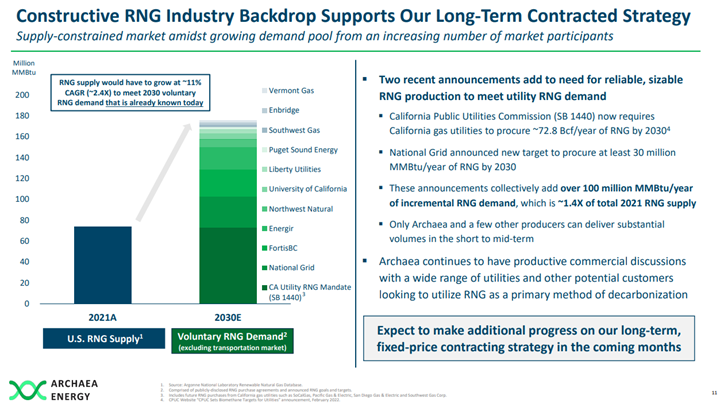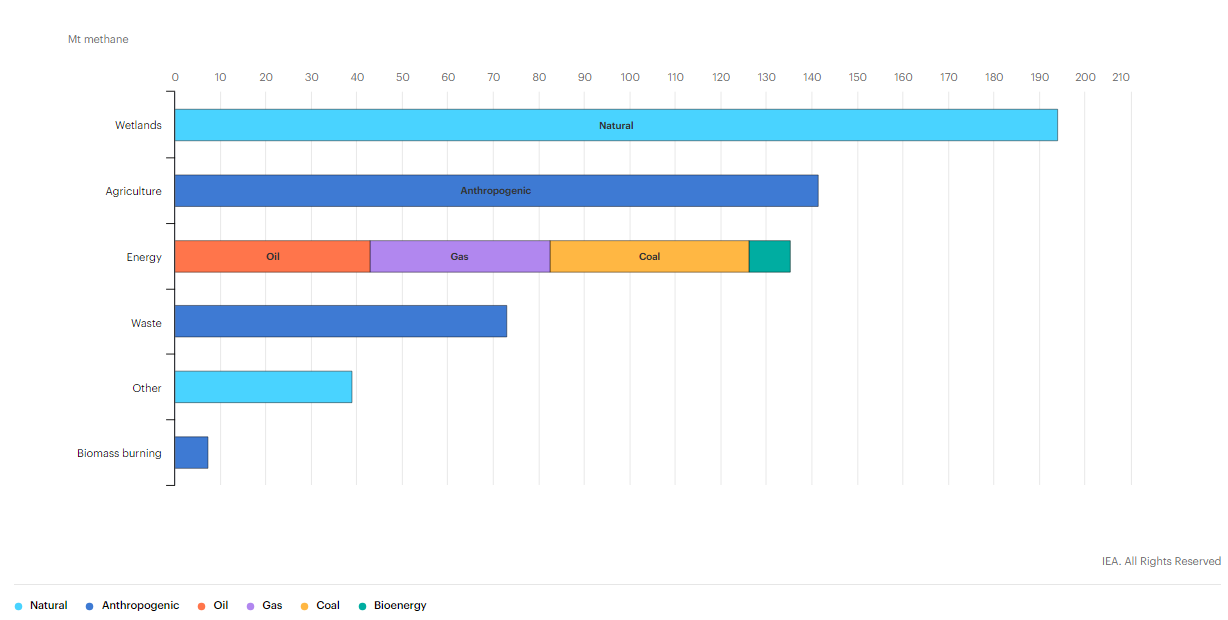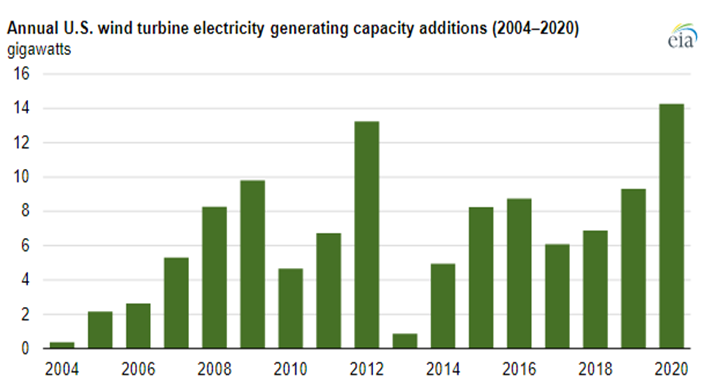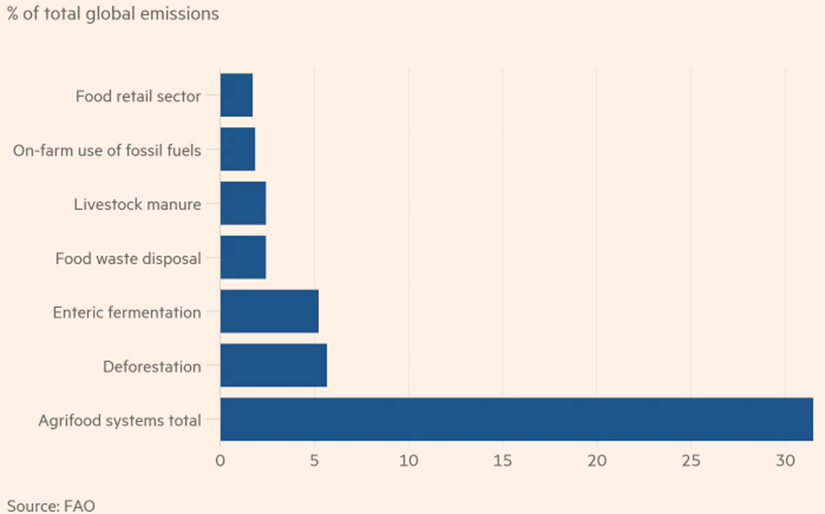The Archaea chart below summarizes one of the strong positives we have discussed for a while: renewable natural gas (RNG) demand is likely to outstrip supply in the long term. Using RNG is a quick fix for many processes, and too many people are likely relying on availability against a challenging supply backdrop. Large landfills and dairy farms are likely to be tapped for RNG, and many of the smaller opportunities will also work if they are logistically well placed. But at the same time, you have investments to lower the amount of waste moving into landfills, and there are also pressures on the dairy and beef farmers to reduce the methane produced. We are very bullish on the RNG producers as we believe that their products will be in short supply, and as long as they are not exposed to input cost inflation, they should see strong margins. In addition to Archaea, Gevo announced earnings yesterday and discussed the successful start-up of its (relatively small) RNG project in Iowa.
RNG Demand Likely To Exceed Supply
May 10, 2022 1:36:38 PM / by Graham Copley posted in Gevo, Capacity, Origin Materials, renewable natural gas, material cost inflation, RNG, Archaea Energy
Lots Of RNG - But Lots Of Small Projects
Feb 23, 2022 1:58:29 PM / by Graham Copley posted in ESG, Climate Change, Sustainability, Methane, Energy, Emissions, renewable natural gas, Agriculture, energy industry, RNG, Archaea Energy
We have noted several renewable natural gas initiatives in the US and the data in the chart below shows how much methane is emitted by agriculture – the largest source after natural leakage. The agriculture-based RNG projects only make economic sense today where you have access to very large farms, where customers are willing to pay a premium, or where you qualify for incentives. That said we expect more projects, with growth stories at companies like Archaea Energy dependent on building new projects. The chart also shows how much emissions flow from the energy industry and this has been a more acute focus for remediation since COP26. See more in today's ESG and Climate report.
$40 LNG - Time To Buy Our Own Cow?
Dec 28, 2021 11:32:38 AM / by Graham Copley posted in ESG, LNG, Renewable Sources, natural gas, renewable energy, climate, low carbon fuel, energy costs, green energy, renewable natural gas, power shortages
It should not be surprising that 2021 has seen a rebound in emissions as nothing has changed fast enough over the last 24 months in terms of renewable power additions and carbon abatement to offset more than the underlying growth in power demand, and based on what we are seeing in European and Asia LNG markets, we have fallen short of demand growth. The wind capacity chart below has one main conclusion – not enough. One of our main inflationary fears for 2022 is that both wind and solar installation rates need to step up meaningfully from current levels to make a difference – the IEA suggests that installation rates need to double (at a minimum). It has already proven difficult to meet installation targets in 2021, in part because of supply chain issues but also in part because of material shortages, all of which have led to rising installation costs, against the longer-term run of falling costs because of learning curve gains. We believe that costs will rise again in 2022 and 2023 as installers/projects compete for limited solar module and wind turbine components
Agriculture, A Big Part To Play In Emission Abatement
Nov 10, 2021 2:06:41 PM / by Graham Copley posted in CO2, Emissions, carbon footprint, offsets, fertilizer, renewable natural gas, Agriculture, Emission abatement
We have not spoken much about the agriculture industry and its emissions footprint – but it is significant and the sector is coming under greater focus as a consequence. It is not clear to us that the chart below is complete as it does not appear to include the carbon footprint of the fertilizer used in farming unless it is included in the fossil-fuel category, which seems unlikely. Much of the renewable natural gas planning in the US is relying on farm-based production, and there are initiatives to increase the amount of “low-tillage” farming as it has the effect of releasing far less CO2 from the soil than heavy tilling/plowing. Some of the categories listed below can be addressed through better land and waste management, but others will require offsets, another reason why the offset market needs work. For more on carbon offsets see today's ESG and Climate report.





